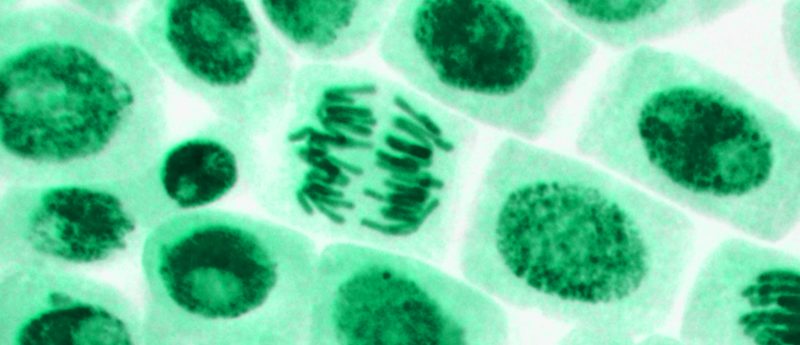Cold plasma may have potential to repair non-healing wounds

A collaborative study from institutions in Russia has developed a potential method of repairing non-healing wounds utilizing cold plasma.
Researchers from the Moscow Institute of Physics and Technology, the Joint Institute for High Temperature of the Russian Academy of Sciences, and Gamaleya Research Centre of Epidemiology and Microbiology (all Russia) have established a potential regimen of cold microwave argon plasma treatment that may be utilized to develop a therapy program for patients with non-healing wounds.
Non-healing wounds commonly occur in individuals with damaged blood vessels, immunodeficiency or slow cell division, for example chronic diabetic ulcers, and increase the difficulty of providing effective care. Current conventional methods of treating non-healing wounds are often difficult and ineffective. Recently the application of cold atmospheric-pressure plasma in biology and medicine has been made possible by the advent of plasma generators, and earlier this year scientists from Thomas Jefferson University (Philadelphia, PA, USA) demonstrated that cold plasma can be used to modify ECM in order to promote or inhibit bone formation.
Previous studies have demonstrated the bactericidal properties of cold plasma, with results indicating it may have the capacity to be utilized in wound healing. The team therefore aimed to explore the effects of cold plasma on wound healing by applying different regimens of cold plasma to fibroblasts and keratinocytes: single, double (with a 48-h interval) and daily treatments over the period of 3 days.
The fibroblast samples treated with single and double cold plasma applications demonstrated a 42.6 and 32.0% increase in number of cells, respectively, when compared with untreated controls. Furthermore, the researchers noticed an increased number of cells in the active phases of the cell cycle, which, alongside the immunohistochemistry results showing a decrease in the concentration of β-galactosidase, suggested that the plasma therapy may possess regenerative and rejuvenating properties.
The cell samples that received daily treatment demonstrated a reduction in proliferation by 29.1% when compared with the controls. Additionally, the keratinocyte samples did not display discernible changes in proliferation.
“The positive response to plasma treatment that we observed could be linked to the activation of a natural destructive mechanism called autophagy, which removes damaged organelles from the cell and reactivates cellular metabolic processes,” commented co-author Elena Petersen (Moscow Institute of Physics and Technology). The team plans on conducting further research to investigate the molecular mechanisms involved as well as determining the potential influence of an individual’s age on the effectiveness of cold plasma therapy.
Sources: Sysolyatina E, Vasiliev M, Kurnaeva M et al. Frequency of cell treatment with cold microwave argon plasma is important for the final outcome. J. Phys. D Appl. Phys. doi:10.1088/0022-3727/49/29/294002 (2016) (Epub ahead of print); https://mipt.ru/english/news/cold_plasma_will_heal_non_healing_wounds